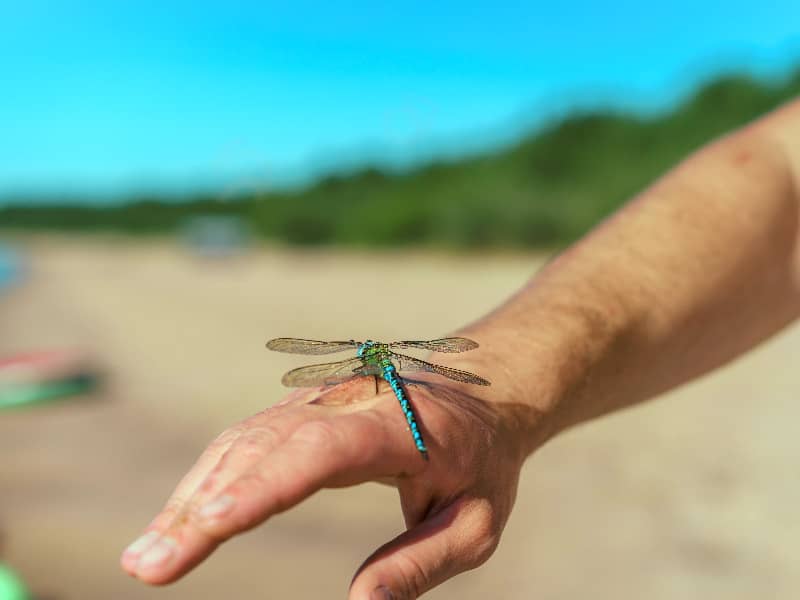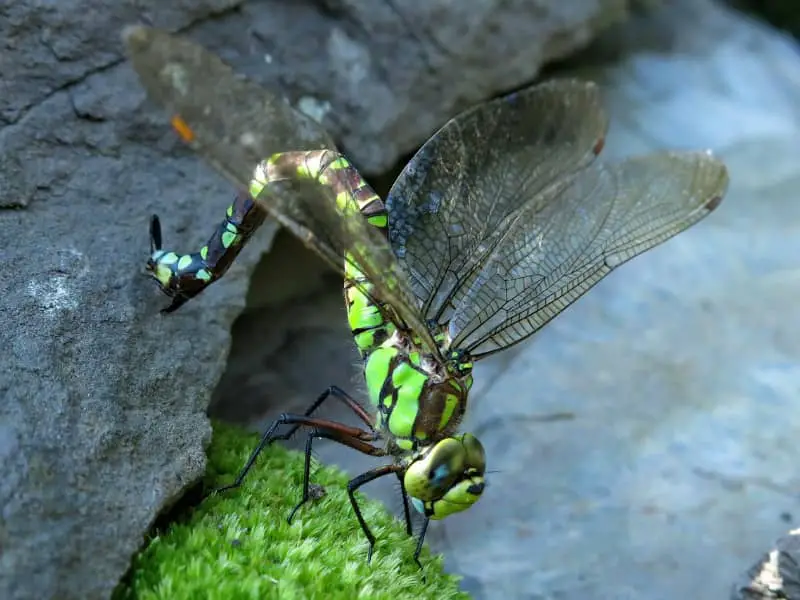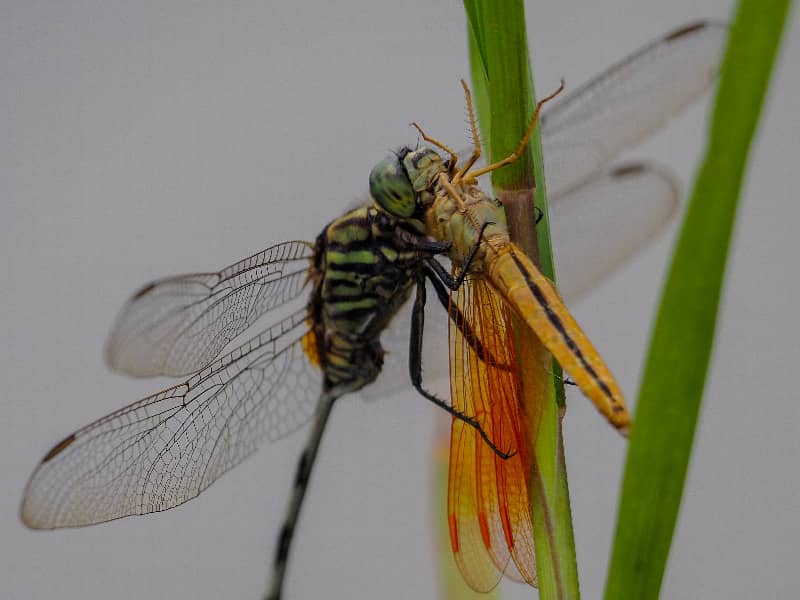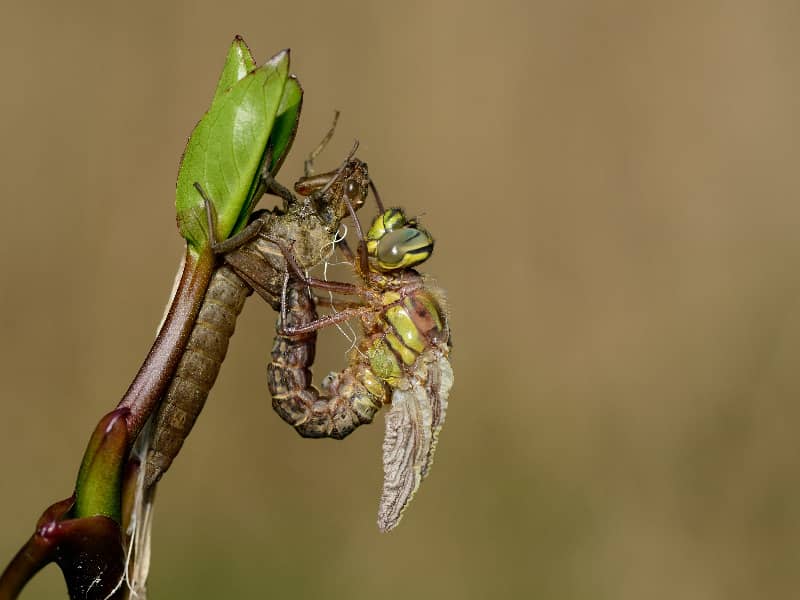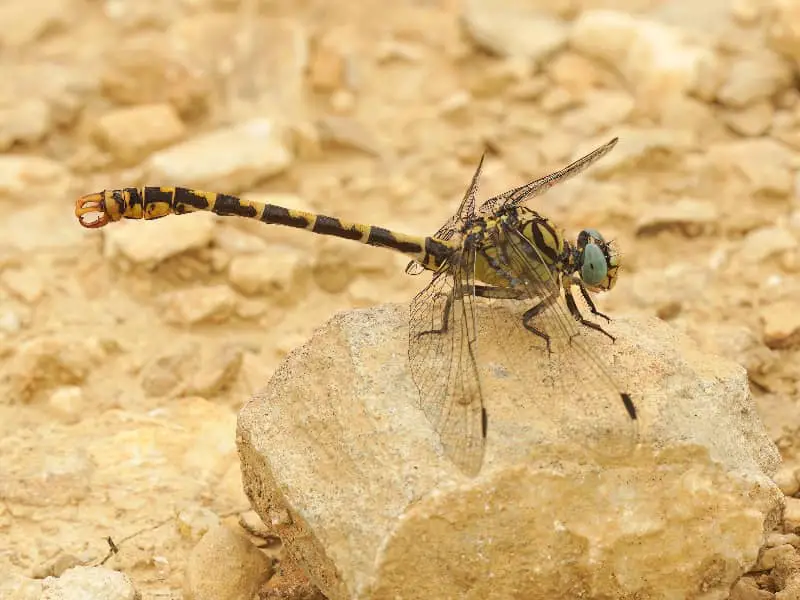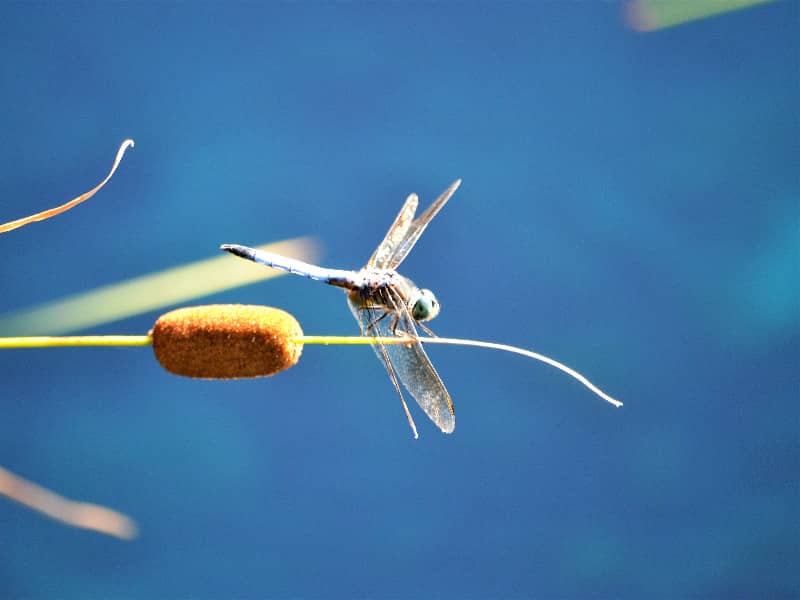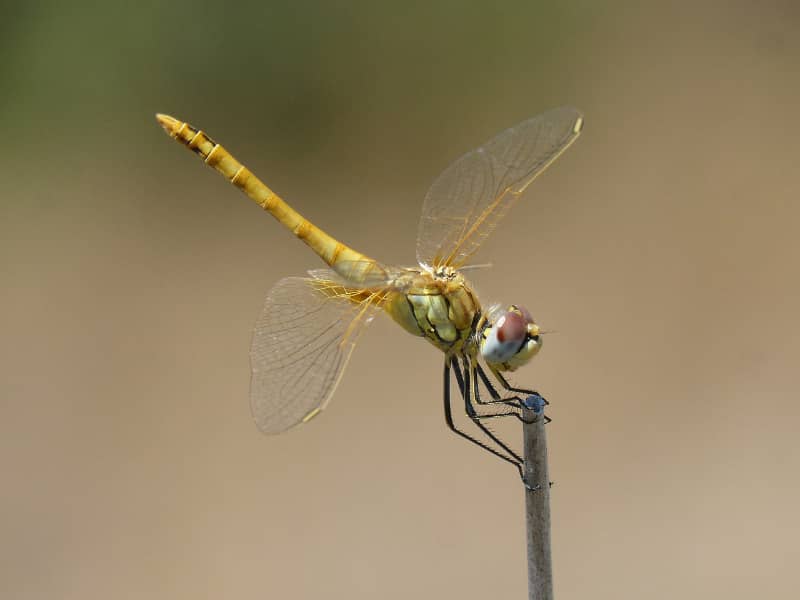
Yellow dragonfly - What are the species?
The dragonfly is a fascinating insect that stands out for its blaze of color and unique aerial maneuvers. One of the most famous species is the yellow dragonfly, which is easy to recognize due to its striking yellow coloration. In this article we will take a closer look at the different species of the yellow dragonfly.
Yellow dragonflies
Dragonflies belong to the Odonata family and are insects that have existed on Earth for millions of years. Yellow dragonflies are distinguished by their yellow coloration, which in some species extends to a bright orange. This coloration is an important protective mechanism, as it allows dragonflies to camouflage themselves in their habitat.
Yellow dragonflies are common in many parts of the world and can be found in various habitats such as wetlands, forests and even urban areas. They play an important role in the ecosystem, helping to control populations of insects such as mosquitoes and flies.
Yellow dragonfly properties
Yellow dragonflies are relatively large insects that can reach a wingspan of up to 10 cm. Their bodies are slender and long, which gives them an elegant appearance. Most species have striking patterns on their wings and bodies that help protect them from predators.
Another remarkable feature of yellow dragonflies is their ability to fly fast and make sharp turns. They can also fly backwards for short periods of time and even catch their prey in flight. These abilities make them effective hunters and help them survive in their environment.
Different species of yellow dragonflies
There are several species of yellow dragonflies that are common around the world. Here are some of the most famous species:
Common Darter
The Common Darter (Sympetrum vulgatum) is one of the most common species of yellow dragonflies in Europe and Asia. It has a bright yellow coloration with black stripes on its body and wings. The males also have a red abdomen, which gives them a striking appearance.
The Common Darter prefers wet habitats such as swamps, ponds and rivers. It feeds mainly on insects such as mosquitoes and flies and is an important component of the ecosystem.
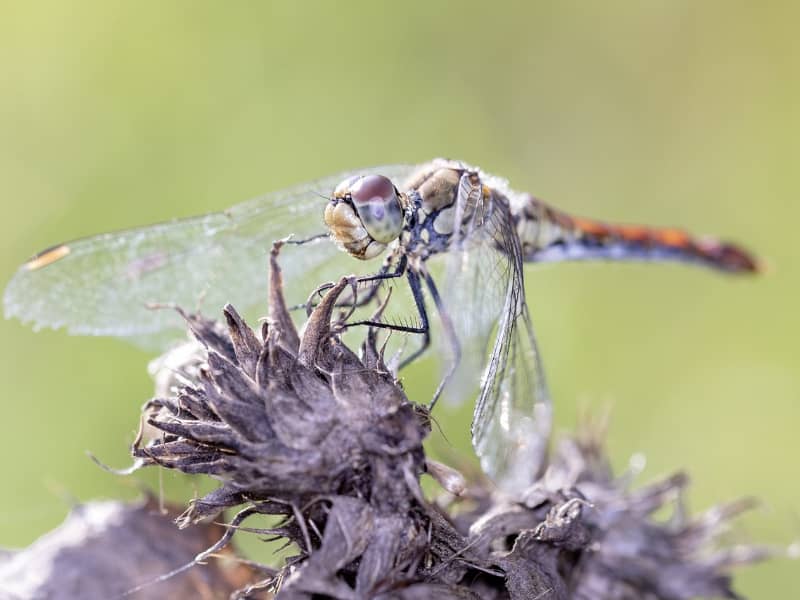
Common Darter
The Common Darter (Sympetrum striolatum) is another common species of yellow dragonflies in Europe and Asia. It has similar coloration to the Common Darter, but its body is slightly larger and wider.
The Common Darter also prefers wet habitats and feeds on insects. It has an important role in the ecosystem as it helps to control insect populations.
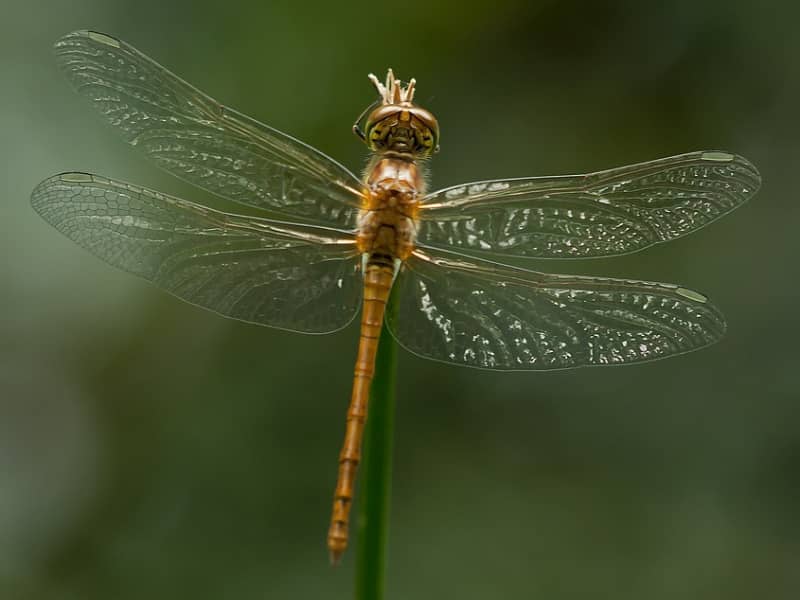
Flat-bellied dragonfly
The flat-bellied dragonfly (Libellula depressa) is one of the largest species of yellow dragonflies in Europe. It has a bright yellow coloration and a broad body. The males have a blue abdomen, which gives them a striking appearance.
The flat-bellied dragonfly prefers wet habitats such as ponds and rivers. It feeds on insects and plays an important role in the ecosystem.
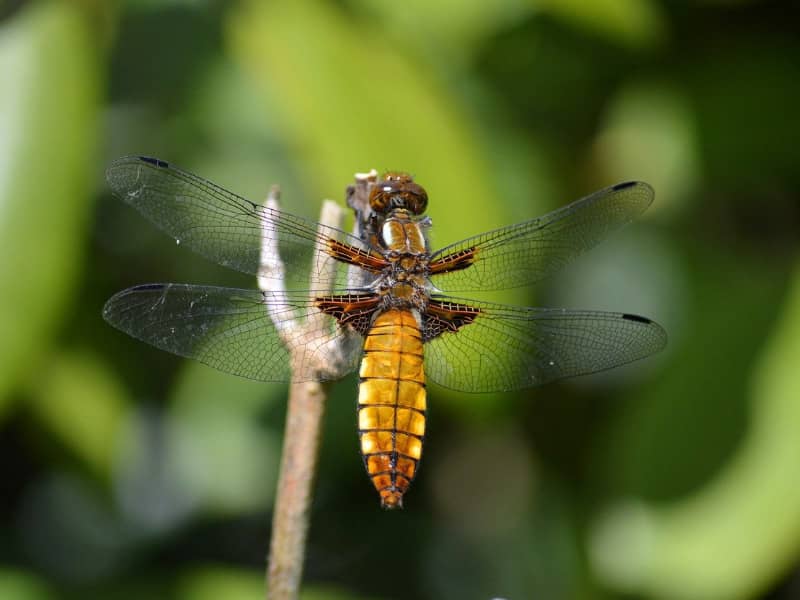
Habitat and distribution of yellow dragonflies
Yellow dragonflies are common in many parts of the world and can be found in various habitats. They prefer wet habitats such as swamps, ponds and rivers, as they find enough food and shelter there.
Some species of yellow dragonflies are endemic to certain regions, while others are distributed throughout the world. For example, the Common Darter and the Large Darter are widespread in Europe and Asia, while the Flat-bellied Darter is native to Europe.
Life cycle of yellow dragonflies
Yellow dragonflies go through a complete metamorphosis cycle consisting of four stages: egg, larva, pupa and adult dragonfly. Females lay their eggs in or near bodies of water, where they hatch and grow into larvae.
The larvae live in the water and feed on small insects and other aquatic life. They go through several molts before finally pupating. After a few weeks, the adult dragonflies hatch from the pupae and begin their life in the air.
Yellow dragonfly behavior and diet
Yellow dragonflies are effective hunters and feed mainly on insects such as mosquitoes and flies. They catch their prey in flight and can even fly backwards to catch them. They are also able to catch large prey such as butterflies and bees.
Yellow dragonflies are territorial and defend their territory against other dragonflies. Males are particularly aggressive and often fight over females. They can also occur in large swarms, hunting and flying together.
Importance of yellow dragonflies in the ecosystem
Yellow dragonflies play an important role in the ecosystem, helping to control populations of insects such as mosquitoes and flies. They also serve as a food source for other animals such as birds and bats.
Declines in dragonfly populations can have negative impacts on the ecosystem. For example, mosquito populations without their natural enemies such as dragonflies can grow out of control and spread diseases such as West Nile virus.
Conclusion
Yellow dragonflies are fascinating insects that play an important role in the ecosystem. There are several species of yellow dragonflies that are common in different habitats around the world. They are effective hunters and help control populations of insects.
FAQ
What is a yellow dragonfly?
A yellow dragonfly is a type of dragonfly that is notable for its bright yellow coloration. There are several species of yellow dragonflies that are common in different parts of the world.
What do yellow dragonflies eat?
Yellow dragonflies feed mainly on insects such as mosquitoes and flies. They are effective hunters and catch their prey in flight.
Why are yellow dragonflies important?
Yellow dragonflies play an important role in the ecosystem, helping to control populations of insects such as mosquitoes and flies. They also serve as a food source for other animals such as birds and bats.
Author
Last posts
- 15. March 2024ChickensRobuster Kunststoffzaun für Hühner – Tipps
- 13 October 2023DragonfliesBlue feather damselfly
- 12 October 2023DragonfliesYellow dragonfly - What are the species?
- 12 October 2023DragonfliesEarly Adonis Damselfly

